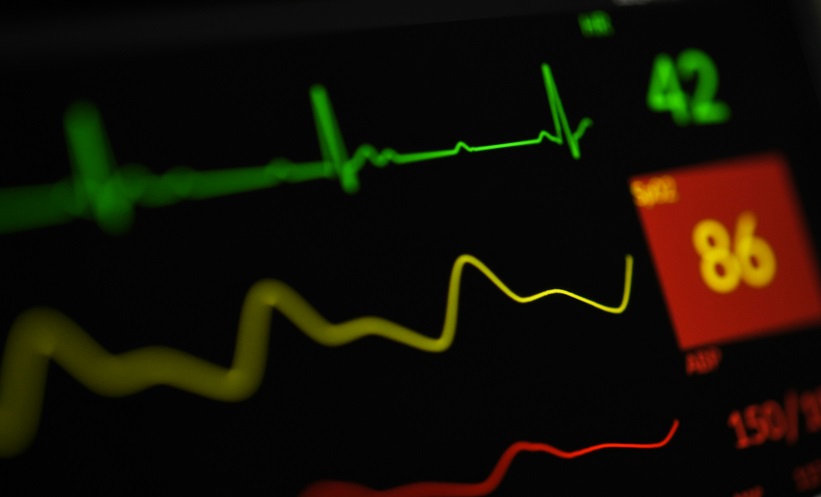HIGH-INTENSITY physical activity-related sudden cardiac death (SCD) in hypertrophic cardiomyopathy (HCM) is predominantly associated with younger age but not with traditional risk factors such as left ventricular hypertrophy or obstructive physiology.
Historically, patients with HCM have been advised to avoid high-intensity exercise due to concerns about triggering SCD. However, recent guidelines have adopted a more permissive approach, reflecting evolving evidence on exercise-related risks. Despite this, data on specific risk factors for high-intensity activity-related SCD in HCM remain scarce. This study aimed to identify clinical, morphological, and genetic factors associated with high-intensity physical activity-related SCD in patients with HCM.
A retrospective analysis was conducted on 75 patients who experienced SCD from a cohort of 2619 individuals with HCM evaluated between 2005 and 2023. Physical activity levels at the time of the event were classified as high-intensity (≥6 metabolic equivalents) or low-to-moderate intensity. Comparisons were made between these groups using clinical and imaging characteristics, cardiopulmonary exercise test results, and genetic data. Of the 75 SCD cases, 15 (20%) occurred during high-intensity activity. These individuals were significantly younger than those whose events occurred during lower-intensity activities (median age: 25 years [IQR 16–43] vs 56 years [IQR 48–64], p<0.001). Patients experiencing high-intensity activity-related SCD also had higher European Society of Cardiology SCD risk scores (median 4.9 vs 2.4, p=0.023) but exhibited fewer ventricular arrhythmias during exercise testing. No significant differences were found in left ventricular hypertrophy, left ventricular outflow tract obstruction, systolic or diastolic function, or genetic markers between groups. Multivariable analysis identified younger age as the only independent predictor of high-intensity activity-related SCD. Notably, recurrent SCD events in survivors were also triggered by subsequent high-intensity activity.
These findings suggest that while younger patients with HCM may be at greater risk of SCD during intense exercise, traditional risk factors such as left ventricular hypertrophy or obstructive physiology do not appear to play a significant role. Clinicians should carefully assess younger patients engaging in high-intensity activity and consider individualised risk stratification. Future research should explore mechanisms underlying this age-related vulnerability and refine risk assessment tools to better guide exercise recommendations for HCM patients.
Katrina Thornber, EMJ
Reference
Lee HJ et al. Factors associated with high-intensity physical activity and sudden cardiac death in hypertrophic cardiomyopathy. Heart. 2025;DOI:10.1136/heartjnl-2024-324928.







